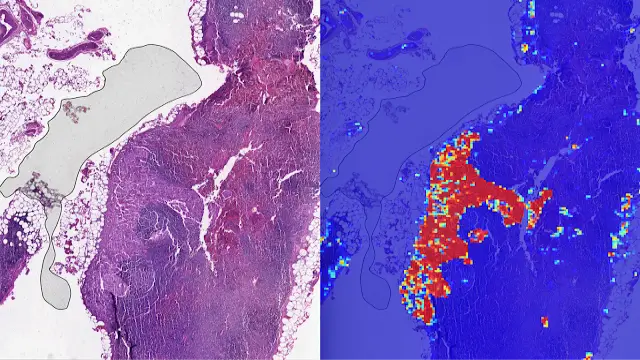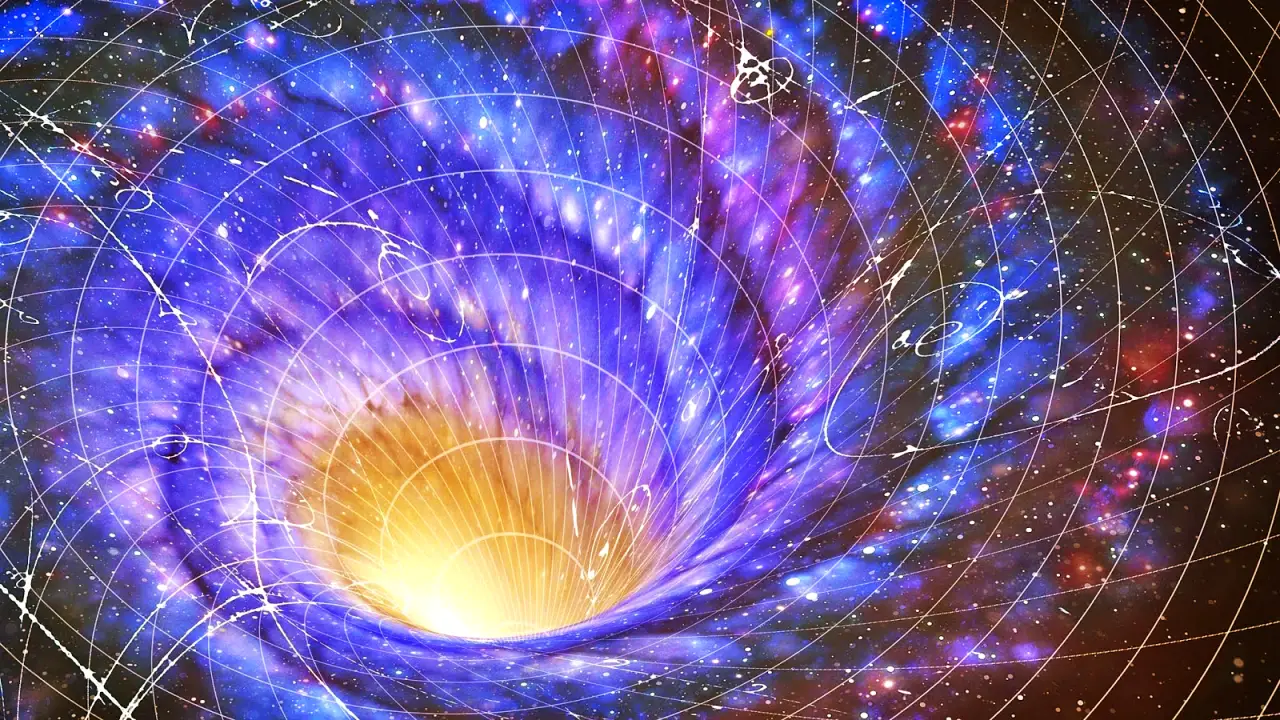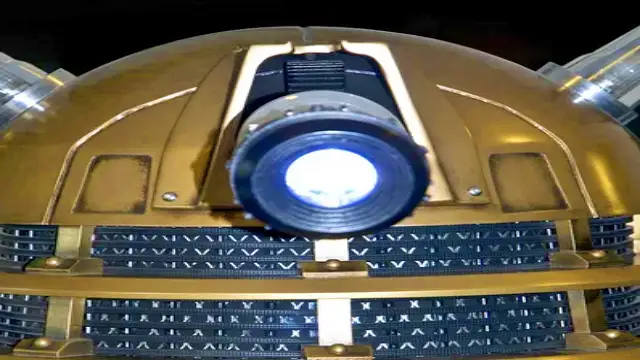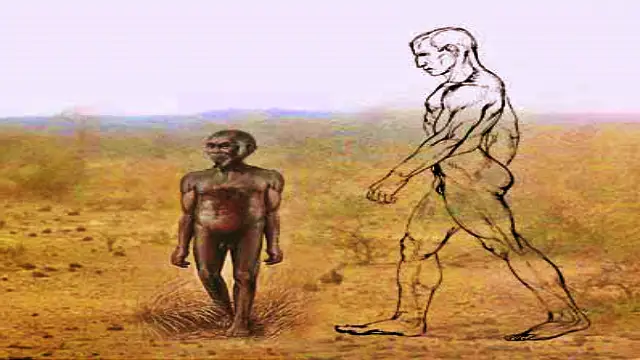In a cosmic puzzle reminiscent of a Russian doll, there’s a tantalizing proposition that our universe might be nestled within the confines of a black hole, itself a component of a grander cosmos.
Key Points
Expanding on this intriguing idea, a groundbreaking theory postulates that black holes, ranging from the infinitesimal to the supermassive, might serve as portals to alternate realities. Rather than collapsing into a singular point, the matter drawn into a black hole could, according to this concept, surge forth as a “white hole” on the opposite end, essentially creating a tunnel, or a wormhole, connecting universes.
Recent research, detailed in a paper published in the journal Physics Letters B by Indiana University physicist Nikodem Poplawski, introduces novel mathematical models describing the swirling dynamics of matter as it plunges into a black hole. These equations challenge the conventional notion of “space-time singularities” predicted by Albert Einstein, proposing that these enigmatic wormholes offer a plausible alternative.
Einstein’s general relativity equations propose that singularities, formed when matter becomes incredibly dense, are infinitely hot and dense points occupying no space—a notion supported by indirect evidence but challenging for many scientists to fully embrace.
If Poplawski’s calculations prove accurate, a paradigm shift may be underway. According to his model, the material seemingly consumed by black holes is, in reality, expelled and becomes the fundamental building blocks for galaxies, stars, and planets in a parallel reality. This theory opens up new avenues for understanding the profound mysteries concealed within these cosmic enigmas.
Unraveling Big Bang Mysteries: Could Wormholes Hold the Key?
The intriguing concept of black holes functioning as wormholes might hold the answers to some perplexing questions in modern cosmology, suggests Poplawski.
Consider the big bang theory, which posits that the universe originated from a singularity. However, the formation of such a singularity remains a puzzle without a satisfactory explanation.
Poplawski proposes an alternative scenario: if our universe emerged from a white hole instead of a singularity, it could address the conundrum of black hole singularities and the big bang singularity itself.
Wormholes also offer a potential explanation for gamma-ray bursts, the universe’s second most powerful explosions following the big bang. These bursts, occurring at the fringes of our known universe, are linked to supernovae in distant galaxies, yet their precise origins remain elusive.
In a bold conjecture, Poplawski suggests that these bursts could be manifestations of matter discharging from alternate universes. He speculates that this matter might be entering our universe through supermassive black holes, acting as wormholes at the cores of those galaxies, though the mechanics of such a process remain unclear.
“It’s a bit of a wild idea, but who’s to say?” Poplawski remarked.
There exists a potential experimental avenue to test Poplawski’s theory: some black holes in our universe exhibit rotation. If our universe were born within a similarly rotating black hole, signs of this rotation should be evident.
Poplawski proposes that if future experiments reveal a discernible rotation in our universe in a specific direction, it could serve as indirect evidence supporting his wormhole theory. The quest for understanding the universe’s mysteries takes an adventurous turn with these speculative yet captivating possibilities.
Wormholes: Crafting “Exotic Matter” and Unraveling Cosmic Anomalies
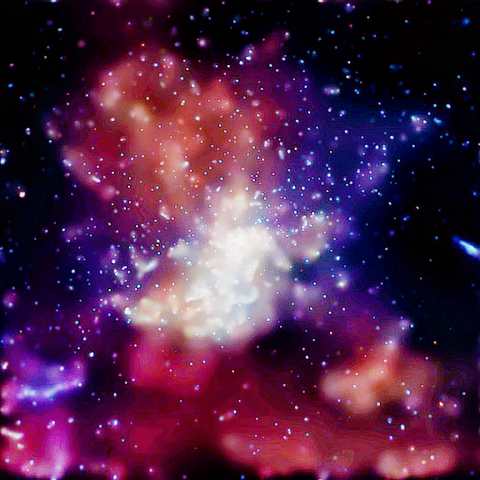
Physicists propose that the theory of wormholes could shed light on the perplexing deviations observed in certain aspects of our universe.
According to the standard model of physics, the curvature of the universe should have increased post the big bang, resulting in a closed, spherical universe over the course of 13.7 billion years. However, empirical evidence contradicts this prediction, as observations indicate that the universe appears flat in all directions.
Additionally, data on early universe light reveal a uniform temperature just after the big bang. This suggests that objects now situated on opposite ends of the universe were once in close proximity, interacting and reaching equilibrium, akin to gas molecules in a sealed chamber.
Again, the observations do not align with predictions, as the vast distance between the farthest objects in the known universe exceeds the age of the universe, making their interaction implausible at the speed of light.
To reconcile these disparities, astronomers introduced the concept of inflation. Inflation posits that shortly after the universe’s creation, there was a rapid expansion during which space itself stretched at speeds faster than light, transforming the universe from a size smaller than an atom to vast proportions in a fraction of a second.
This expansion results in the appearance of a flat universe, as the large sphere we perceive is, from our vantage point, exceptionally vast—similar to the way Earth’s sphere seems flat to an observer in a field.
Inflation also offers an explanation for how distant objects could have once been in close proximity. However, the cause of inflation has remained a challenge to explain.
Enter the new wormhole theory.
According to Poplawski, certain inflation theories posit that the event was triggered by “exotic matter,” a theoretical substance with unique properties, including being repelled rather than attracted by gravity. Building on his equations, Poplawski suggests that this exotic matter might have originated from the collapse of some of the first massive stars, forming wormholes.
“There may be some relationship between the exotic matter that forms wormholes and the exotic matter that triggered inflation,” he proposed, unveiling a potential link between these cosmic phenomena.
Wormhole Equations: Unveiling an “Actual Solution”
The concept of other universes residing within black holes is not entirely new, with theoretical physicist Damien Easson from Arizona State University having explored this idea in prior studies. However, what sets the recent development apart is the discovery of an actual wormhole solution within general relativity, serving as a conduit from the external black hole to a novel interior universe, as highlighted by Easson, who was not part of the study.
While Easson acknowledges the speculative nature of the idea, he notes the significance of Poplawski’s achievement in finding a tangible solution, contrasting it with their earlier speculations. The notion remains speculative, but Easson finds it a compelling and intriguing possibility worthy of consideration.
The potential of this theory awaits further exploration in the realm of quantum gravity, the field dedicated to studying gravity at the subatomic level. Refinement of the equations through future work in this area could either lend support to or challenge Poplawski’s hypothesis.
However, not everyone sees the wormhole theory as a groundbreaking explanation for the universe’s origins. Physicist Andreas Albrecht from the University of California, Davis, considers it interesting but stops short of labeling it a breakthrough. According to Albrecht, attributing the creation of our universe to a surge of matter from a parent universe merely relocates the original creation event into an alternate reality. This approach doesn’t address the fundamental questions about the parent universe’s origin and properties, which our universe is presumed to have inherited.
Albrecht acknowledges the pressing challenges in cosmology but warns against dismissing the theory solely because it introduces unconventional concepts. In the realm of cosmic exploration, he emphasizes that the pursuit of understanding often involves navigating through ideas that may initially appear peculiar or unconventional. The quest for unraveling the mysteries of the cosmos continues, guided by curiosity and a willingness to explore the seemingly bizarre avenues of theoretical physics.














